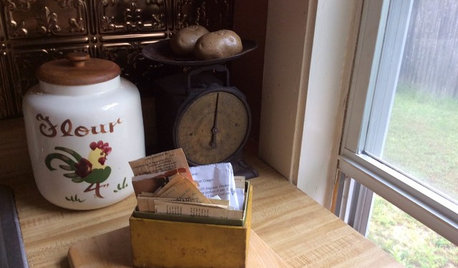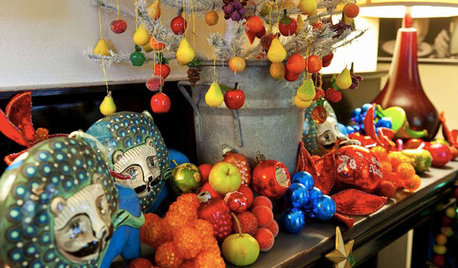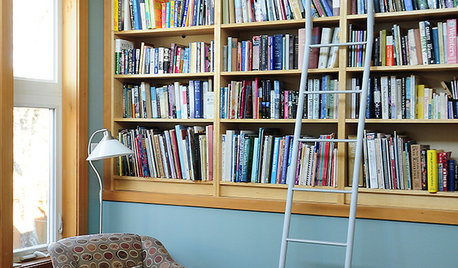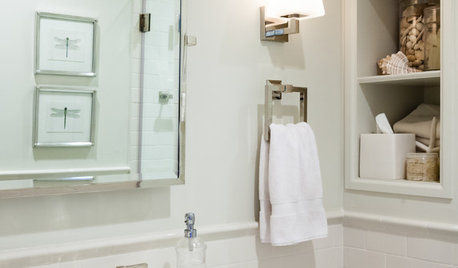$25 per 5 gallons
equinoxequinox
14 years ago
Related Stories

GREAT HOME PROJECTS25 Great Home Projects and What They Cost
Get the closet of your dreams, add a secret doorway and more. Learn the ins and outs of projects that will make your home better
Full Story
LIFEThe Top 5 Ways to Save Water at Home
Get on the fast track to preserving a valuable resource and saving money too with these smart, effective strategies
Full Story
FLOORS5 Benefits to Concrete Floors for Everyday Living
Get low-maintenance home flooring that creates high impact and works with home styles from traditional to modern
Full Story
EARTH DAY5 Ideas for a More Earth-Friendly Garden
Consider increasing the size of garden beds, filtering rainwater and using plants to reduce energy use
Full Story
KITCHEN DESIGN5 Home Cooks Share Their Favorite Family Recipes
Peek inside the kitchens of these Houzz users and learn how to cook their time-tested, passed-down dishes
Full Story
HOLIDAYS25 Gorgeous Holiday Mantels by Houzzers
Laden with boughs, lights and even lemons, these decorated fireplace mantels show a festive Christmas spirit and a creative approach
Full Story
MOST POPULAR25 of the Most Popular Homes on Houzz
‘Small,’ ‘charming’ and ‘efficient’ seem to describe some of the most viewed home tours featured on Houzz
Full Story
DECORATING GUIDESEasy Green: 5 Ecofriendly Paint Companies
Dizzy spells and headaches, begone. Be kinder to your health and the environment with these safer paint choices for your interior decorating
Full Story
GARDENING GUIDES5 Ways to Naturally Win the Weed War
Show irksome weeds no mercy with these tricks for combating them sans chemicals
Full Story
ROOM OF THE DAYRoom of the Day: An 8-by-5-Foot Bathroom Gains Beauty and Space
Smart design details like niches and frameless glass help visually expand this average-size bathroom while adding character
Full StoryMore Discussions






rookie09
equinoxequinoxOriginal Author
Related Professionals
Norfolk Landscape Architects & Landscape Designers · Parole Landscape Architects & Landscape Designers · Cockeysville Landscape Contractors · Coram Landscape Contractors · Davidson Landscape Contractors · Round Lake Landscape Contractors · Golden Valley Landscape Contractors · Suisun City Landscape Contractors · Enumclaw General Contractors · Fort Lee General Contractors · Green Bay General Contractors · Harvey General Contractors · Hermitage General Contractors · Lakewood General Contractors · Middletown General Contractorspjames
plumiebear
equinoxequinoxOriginal Author
equinoxequinoxOriginal Author